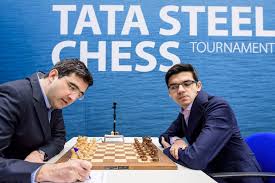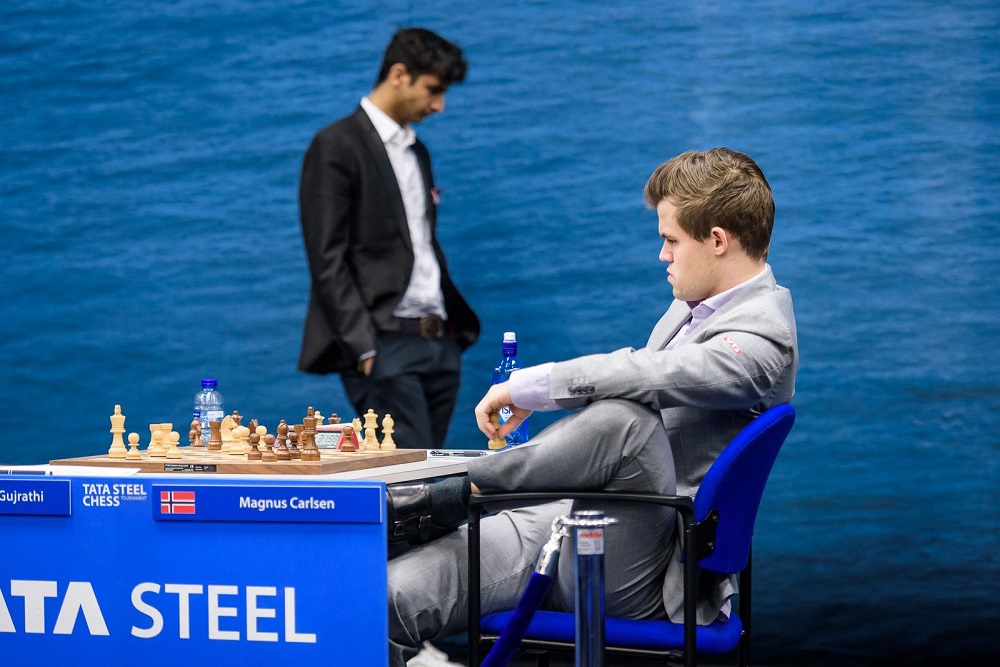History
The standard chess rules are set by FIDE (Fédération Internationale des Échecs), the international governing body for chess. Slight modifications are made by some national organizations for their own purposes. There are variations of the rules for fast chess, correspondence chess, online chess, and Chess960. Chess is a two-player board game utilizing a chessboard and sixteen pieces of six types for each player. Each type of piece moves in a distinct way. The goal of the game is to checkmate (threaten with inescapable capture) the opponent's king. Games do not necessarily end in checkmate; players often resign if they believe they will lose. A game can also end in a draw in several ways. Besides the basic moves of the pieces, rules also govern the equipment used, time control, conduct and ethics of players, accommodations for physically challenged players, and recording of moves using chess notation. Procedures for resolving irregularities that can occur during a game are provided as well.
Initial setup
Chess is played on a chessboard, a square board divided into 64 squares (eight-by-eight) of alternating color, which is similar to that used in draughts (checkers) (FIDE 2008). No matter what the actual colors of the board, the lighter-colored squares are called "light" or "white", and the darker-colored squares are called "dark" or "black". Sixteen "white" and sixteen "black" pieces are placed on the board at the beginning of the game. The board is placed so that a white square is in each player's near-right corner. Horizontal rows are called ranks and vertical rows are called files.
Continue reading
To continue learning the rules of chess, please visit the wikipedia article



